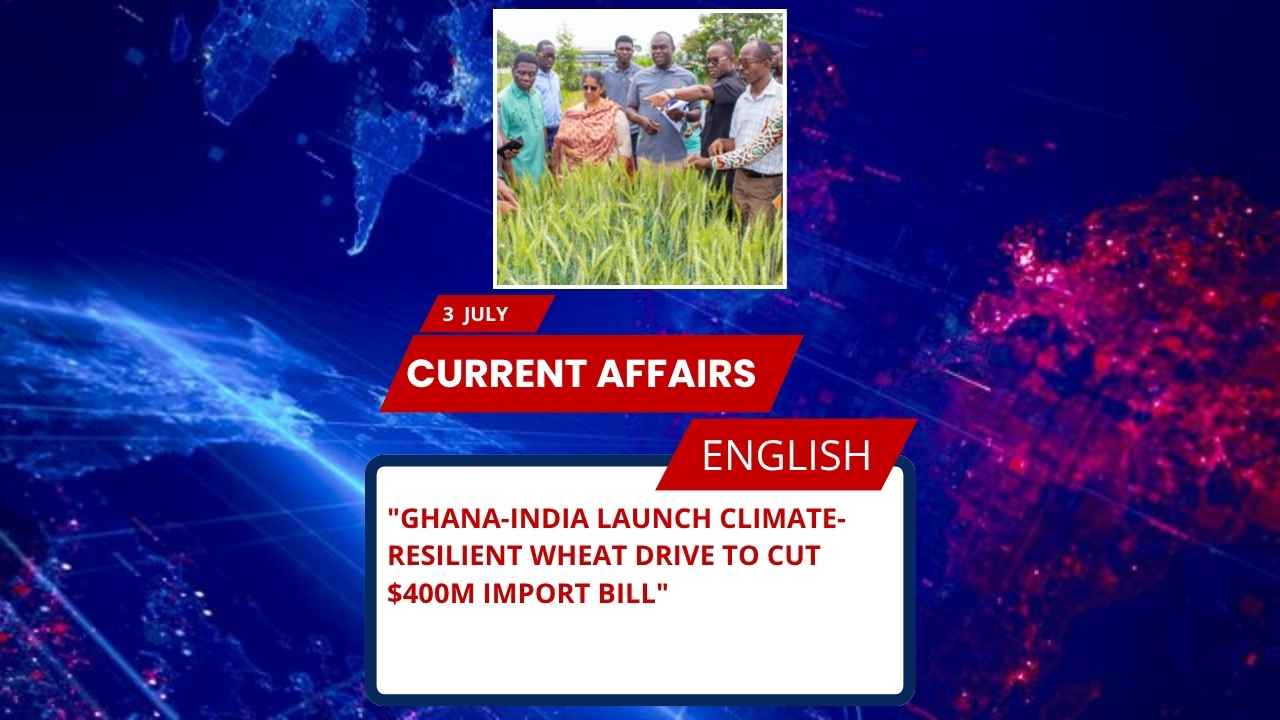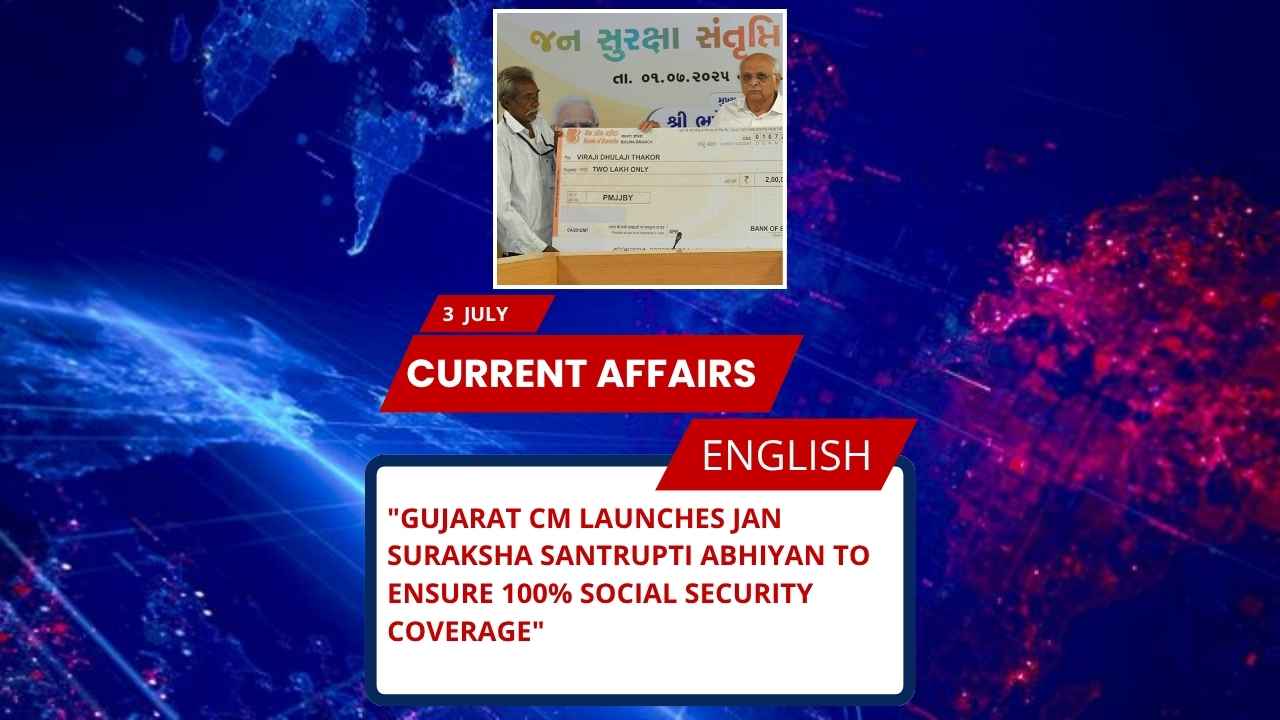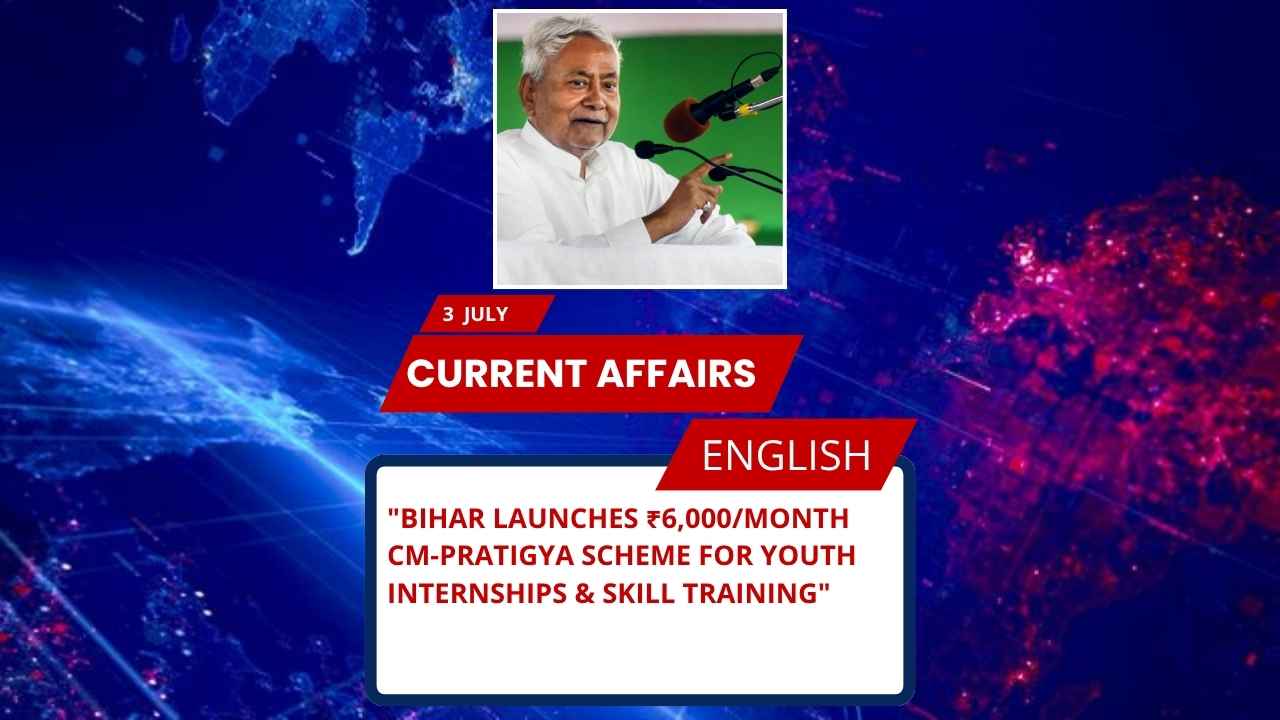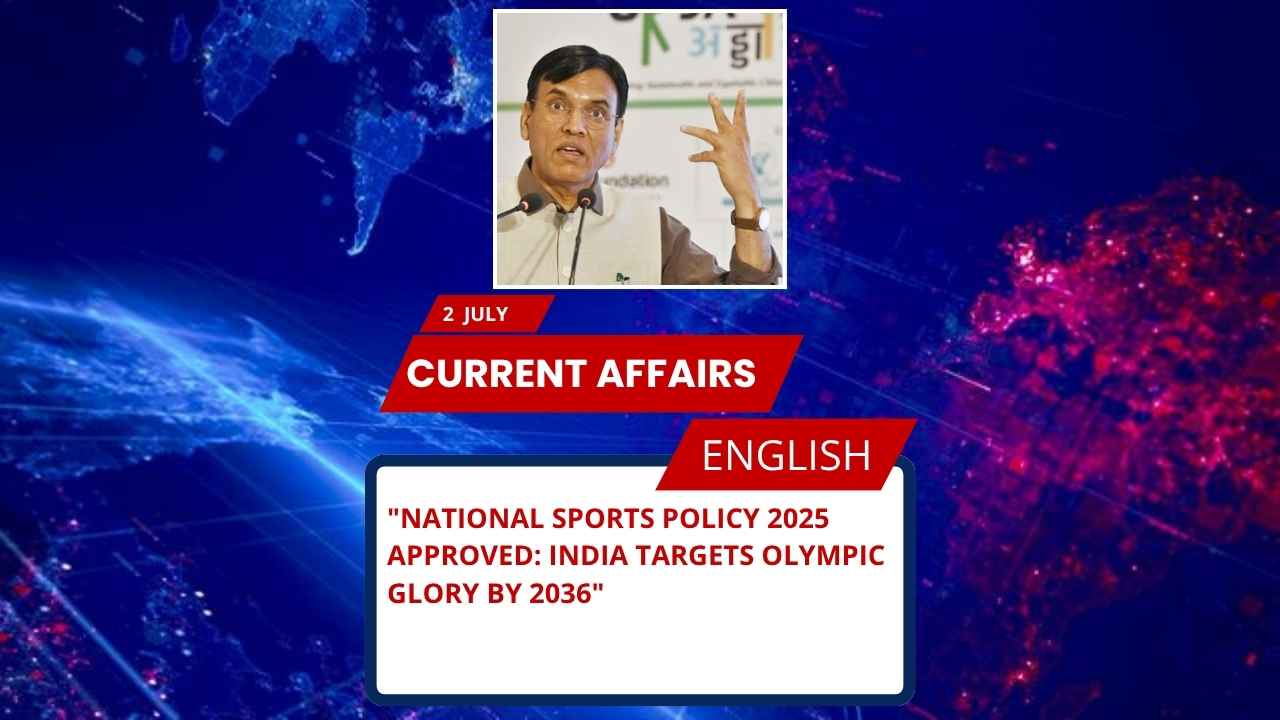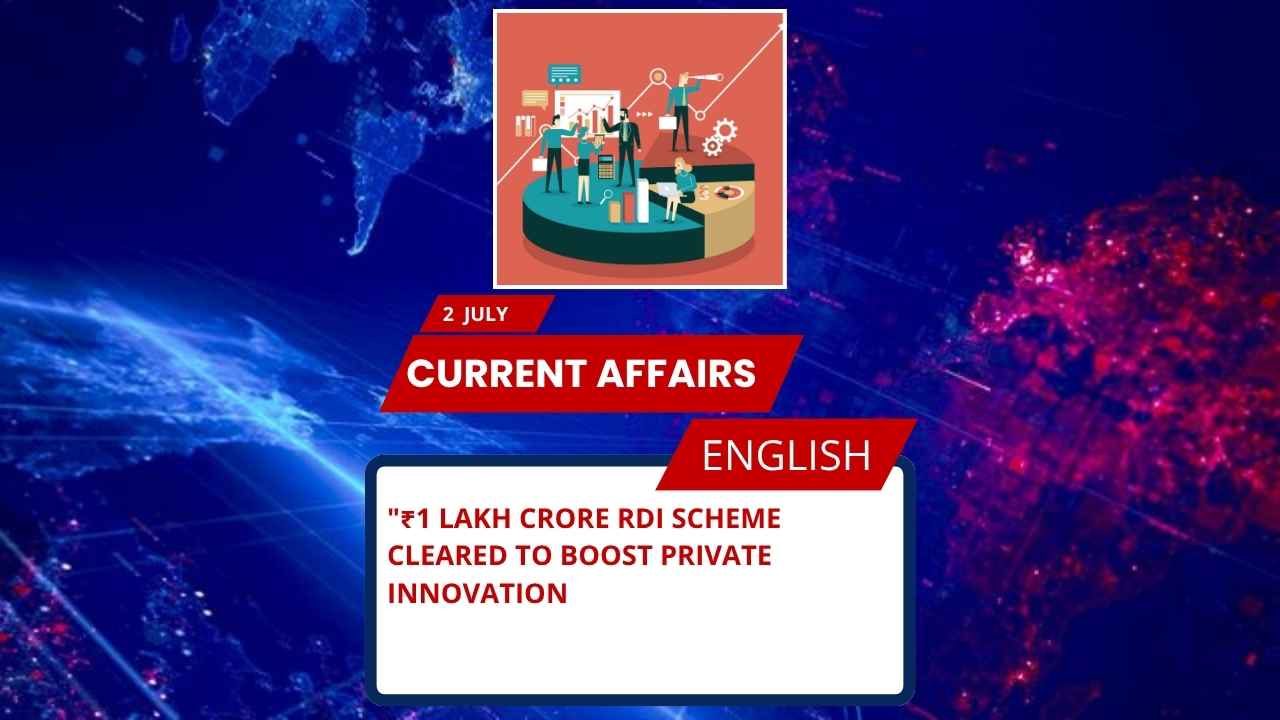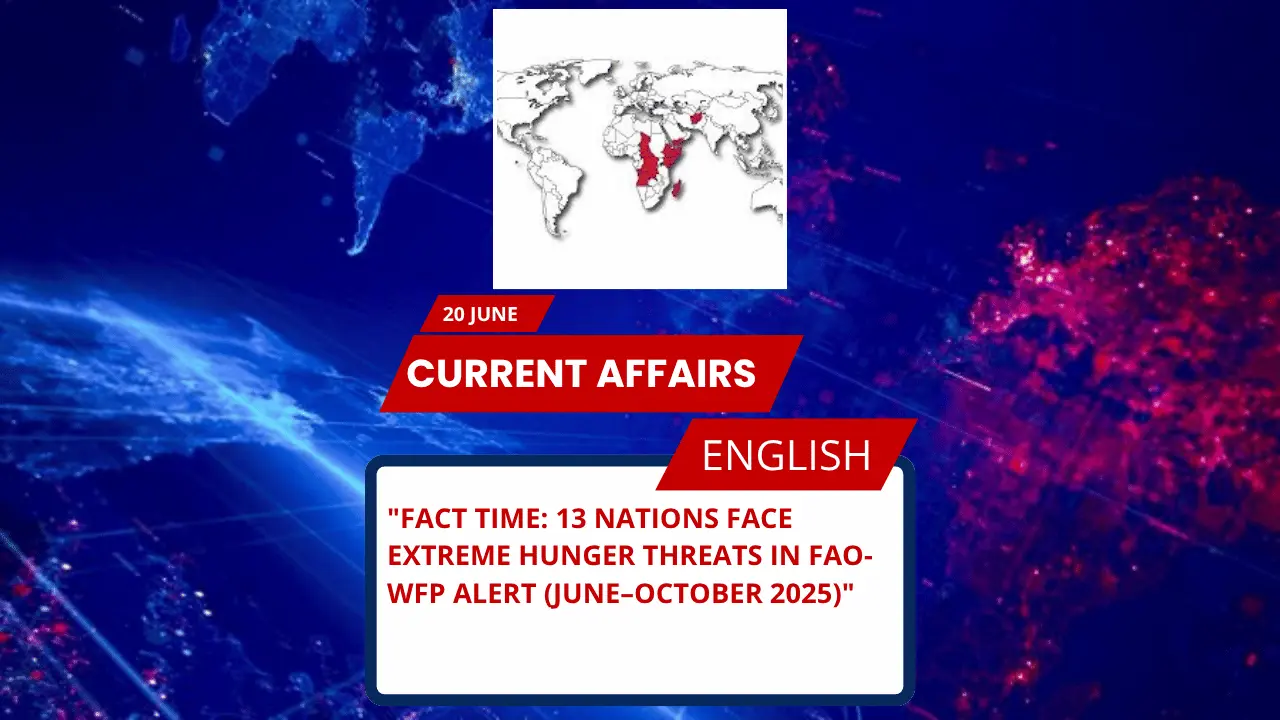
Key Points for SSC, UPSC, State PSC & Other Competitive Exams
- FAO and WFP released a Hunger Hotspots report for June–October 2025.
- 13 countries/territories are listed as acute food insecurity hotspots.
- Sudan, Palestine (Gaza Strip), South Sudan, Haiti, and Mali are in “Highest Concern” category (IPC Phase 5 – Catastrophe).
- Causes: Conflict, displacement, economic collapse, climate shocks, and funding cuts.
- 470,000+ people in Gaza and 63,000 in South Sudan may face famine-like conditions.
- Sudan has 24.6 million in food crisis or worse.
- Funding for food assistance is 91% below required levels as of May 2025.
- Humanitarian aid is being scaled back due to donor fatigue.
Understanding the Crisis: Full Analysis
Why FAO-WFP Issued Global Hunger Warnings (June–October 2025)
The Food and Agriculture Organization (FAO) and World Food Programme (WFP) jointly released a critical alert identifying 13 global hotspots where acute food insecurity is projected to deteriorate sharply between June and October 2025.
The report categorizes these countries under:
- “Highest Concern” – where Famine (IPC Phase 5) is occurring or imminent.
- “Very High Concern” – where conditions are rapidly worsening toward Emergency (IPC Phase 4).
The major drivers across the board include:
- Escalating conflict and armed violence (main factor in 12 of 13 hotspots).
- Forced displacement leading to resource strain.
- Macroeconomic instability (currency depreciation, high inflation).
- Climate shocks (floods, droughts, hurricanes).
- Severe funding shortfalls in humanitarian operations.
Countries Facing Famine or Catastrophe (IPC Phase 5)
Sudan
- Facing the world’s largest regional displacement crisis (12.4 million displaced).
- IPC data (Dec 2024–May 2025): 24.6 million in food crisis, 8.1 million in Emergency, 637,000 in Catastrophe.
- Conflict has disrupted aid routes, markets, and agriculture.
Palestine (Gaza Strip)
- Entire population (2.1 million) projected to face IPC Phase 3+.
- 470,000+ in Catastrophe, humanitarian access blocked.
South Sudan
- 63,000 people may face Catastrophe, driven by conflict, flooding, and refugee inflow from Sudan.
Haiti
- Over 5.7 million (50% population) in food crisis.
- Gang violence, economic collapse, and forecasted hurricanes exacerbate the situation.
Mali
- Conflict + supply chain breakdown = hunger crisis.
- 2,600 in Catastrophe; 1.5 million projected in IPC Phase 3+ (Jun–Aug 2025).
Organization & Country Facts Section (Exam-Relevant)
Sudan
- Capital: Khartoum (de facto), Port Sudan (current admin base)
- Currency: Sudanese pound
- Neighbors: Chad, Egypt, South Sudan, Ethiopia, Eritrea, Libya, Central African Republic
- Major River: Nile
FAO (Food and Agriculture Organization)
- HQ: Rome, Italy
- Founded: 1945
- Goal: Defeat hunger, improve nutrition and food security
WFP (World Food Programme)
- HQ: Rome, Italy
- Established: 1961
- UN’s food-assistance branch
- Nobel Peace Prize: 2020
IPC (Integrated Food Security Phase Classification)
- Global framework for food insecurity levels (Phase 1 to 5)
- Phase 5 = Catastrophe/Famine
MCQs for Practice
Q1. Which country has the highest number of people projected to face Crisis or worse food insecurity (IPC Phase 3 or above) as per June–October 2025 FAO-WFP Outlook?
a) South Sudan
b) Sudan
c) Haiti
d) Nigeria
Answer: b) Sudan
Q2. What does IPC Phase 5 represent in the FAO-WFP classification system?
a) Stressed conditions
b) Emergency
c) Catastrophe/Famine
d) Crisis
Answer: c) Catastrophe/Famine
Q3. Which organization jointly prepared the Hunger Hotspots Report with WFP?
a) IMF
b) WHO
c) FAO
d) UNHCR
Answer: c) FAO
Q4. Which of the following is NOT a major factor causing food insecurity in these hotspots?
a) Climate change
b) Industrial development
c) Conflict
d) Displacement
Answer: b) Industrial development
UPSC-Oriented FAQs
Q1. What are the key global trends driving food insecurity in 2025?
Answer (UPSC Format):
Food insecurity in 2025 is primarily driven by:
- Escalating conflicts: In Sudan, Palestine, and DRC, violence has destroyed food systems.
- Economic collapse: Inflation, debt crises, and currency depreciation reduced food access.
- Climate extremes: Floods in South Sudan and hurricanes in Haiti affected crops.
- Displacement: Over 12.4 million displaced from Sudan alone strained host nations.
- Funding cuts: Only 9% of required food sector funding received globally by May 2025.
Hence, a complex mix of geopolitical, economic, and environmental factors have created a multi-dimensional hunger crisis.
Q2. How is the IPC classification used to assess food insecurity levels?
Answer (UPSC Format):
The Integrated Food Security Phase Classification (IPC) is a standardized system used globally to categorize food insecurity. It has five phases:
- Minimal (Phase 1)
- Stressed (Phase 2)
- Crisis (Phase 3)
- Emergency (Phase 4)
- Catastrophe/Famine (Phase 5)
The FAO-WFP Hunger Hotspots Report applies IPC data to identify populations facing IPC Phase 3+ (Crisis or worse), which requires urgent humanitarian action. Phase 5 indicates famine-like conditions, marked by starvation, malnutrition, and death.
Q3. What can be India’s role in addressing global food crises like the ones described in this report?
Answer (UPSC Format):
India can play a proactive role by:
- Enhancing food diplomacy: Exporting surplus food grains under humanitarian arrangements.
- UN and South-South Cooperation: Providing technical expertise and capacity-building through FAO-WFP partnerships.
- Funding and logistics support: Contributing to international humanitarian efforts.
- Championing climate-resilient agriculture: Sharing success models from Indian states in climate adaptation.
India’s global leadership in food security must align with its commitment to SDG-2 (Zero Hunger).


